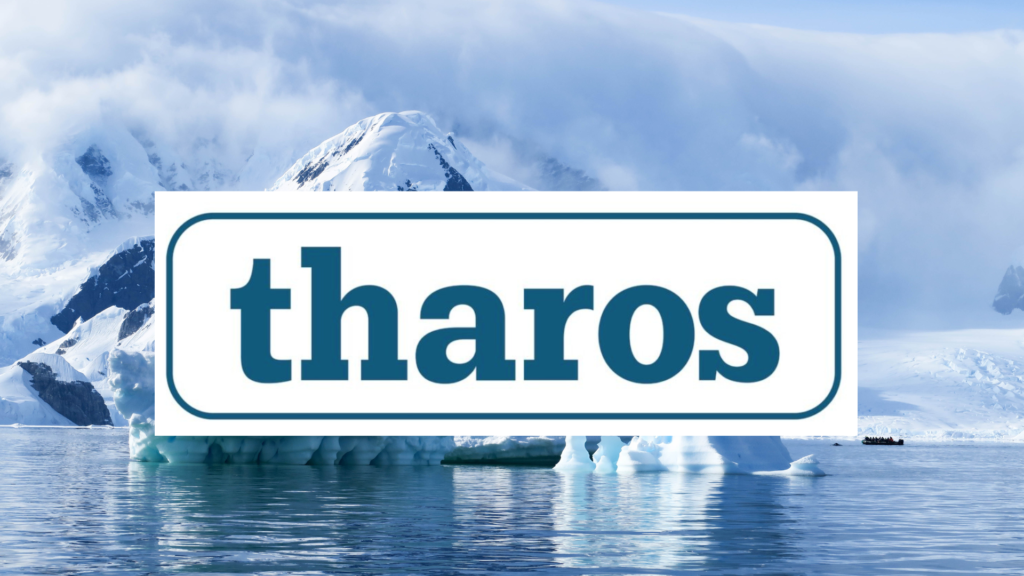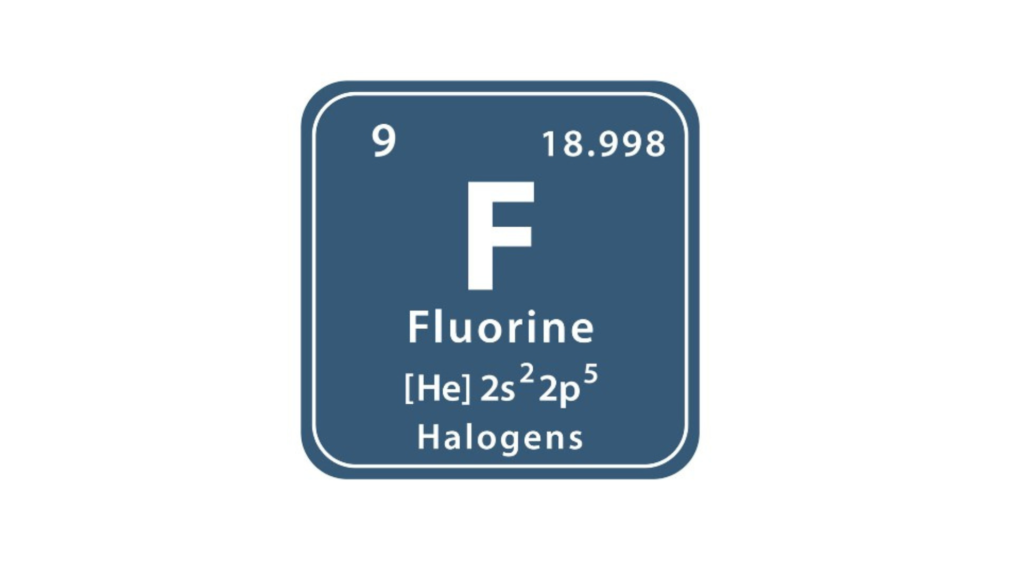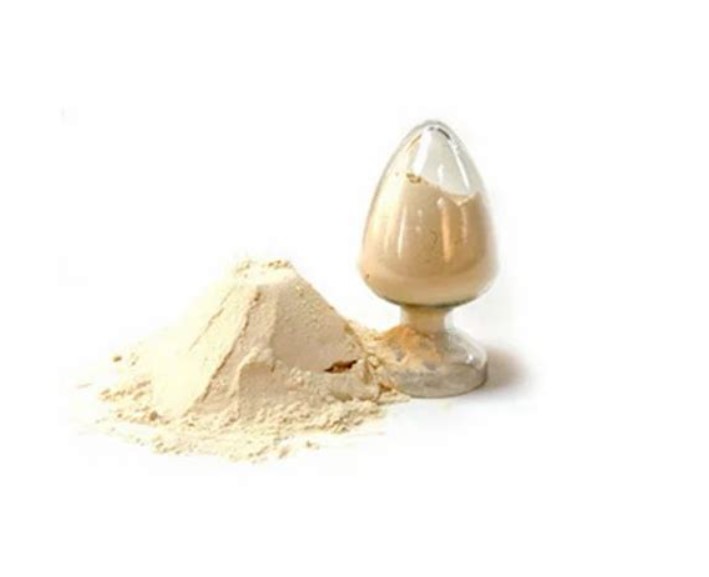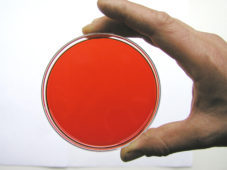The (South Antarctic) Krill
Short History (2003). Antarctic Krill (Euphausia suberba) is one of the least exploited marine resources, while it is also the most abundant. Long historical involvement comes primarily from Russians and Japanese. Koreans and Poles also have a say on this fishery. The international regulatory body governing all scientific, economical and environmental aspects in the Antarctic …





